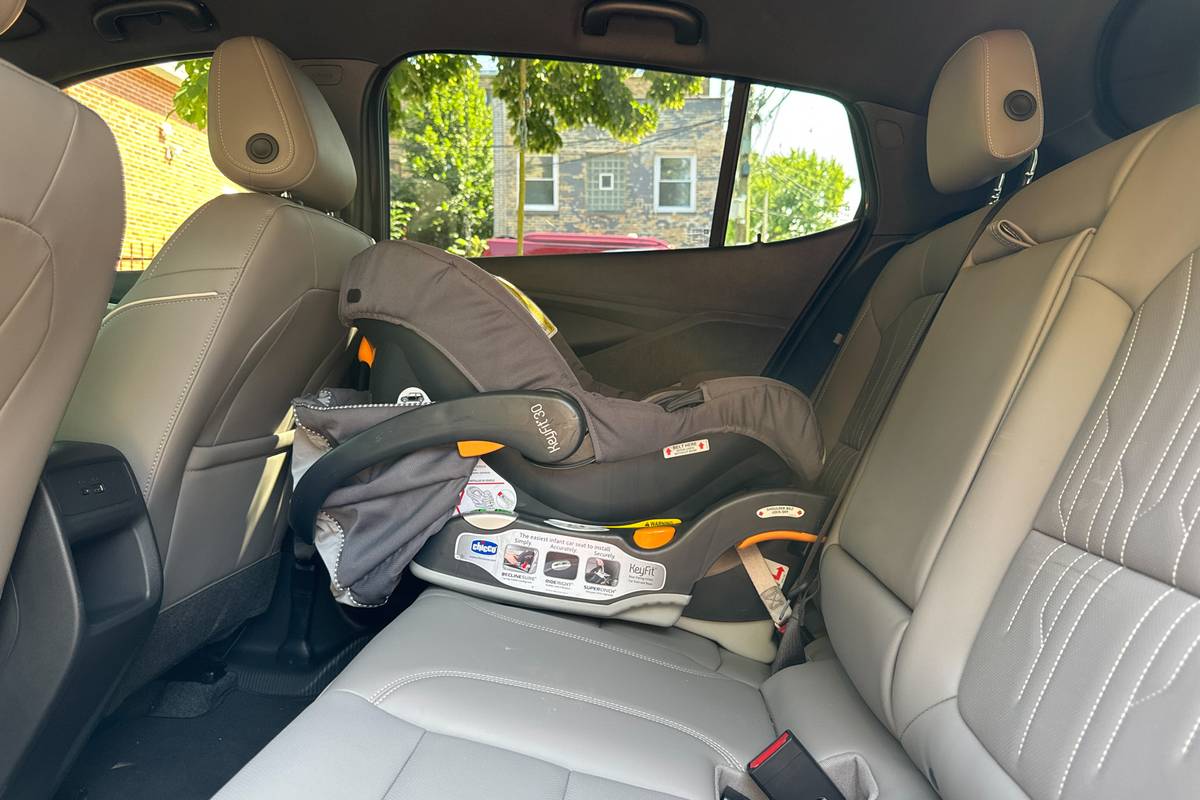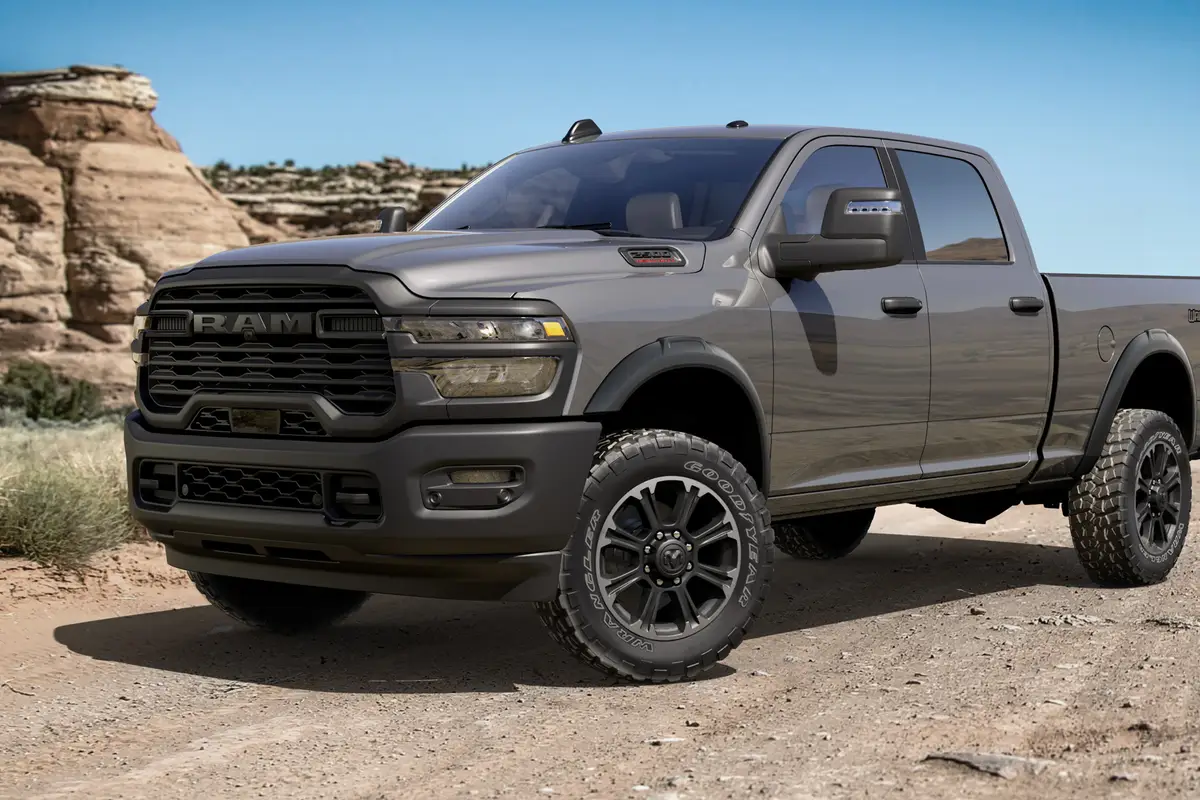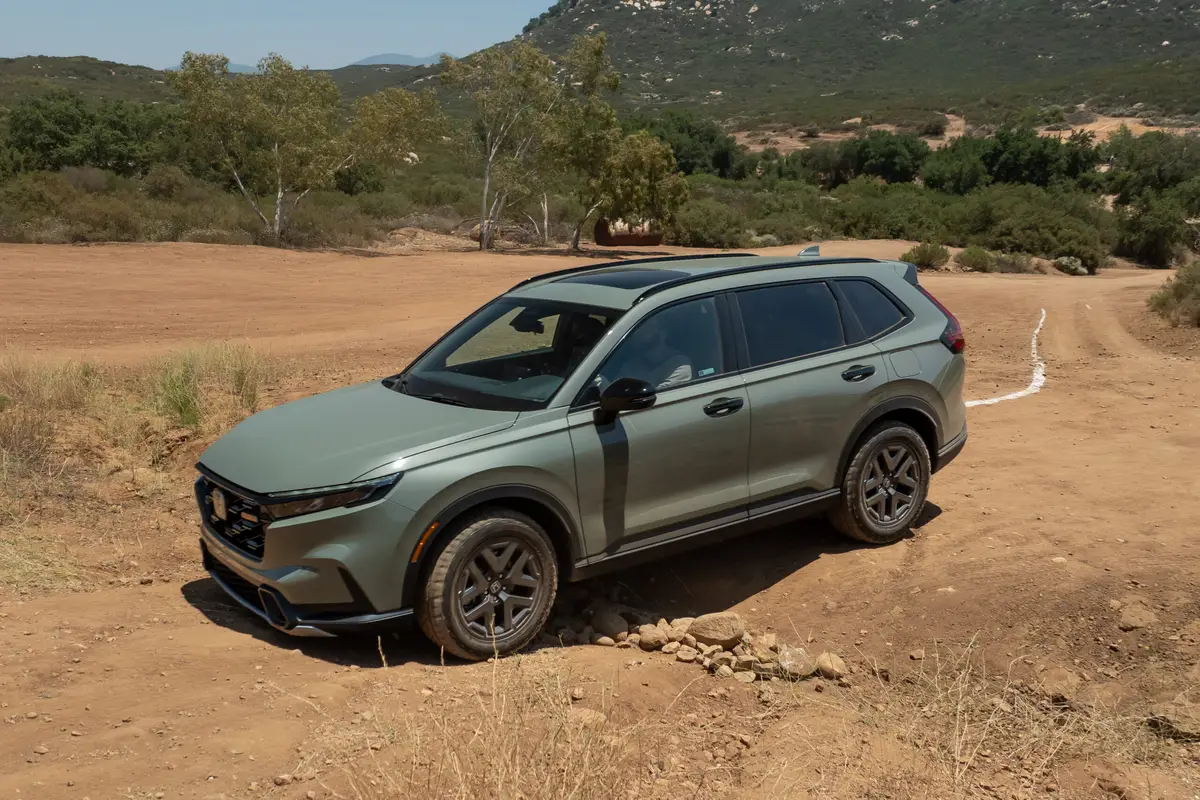IndyStar.com's view
The Ford Motor Co. just keeps on “truckin'” in a manner befitting its long, illustrious history as a maker of tough trucks.
While Ford is mostly known as a producer of automobiles, the truck market is beginning to dominate the automotive industry, and Ford is still the leader with its new 1997 F150 series.
In measuring up to such a task, the ’97 is, of course, a far cry from the first trucks of Henry Ford’s day. In fact, the F150 is almost as different from its immediate predecessor.
New and bigger is often overused when describing motor vehicles, but it’s quite appropriate for the F150.
There are three new engines available, as well as a new suspension system. Overall length is increased in both long- and short-wheelbase versions of the regular cab and SuperCab models.
A truck is a truck from a styling standpoint, with the cab up front and the bed in the rear. This notwithstanding, Ford’s stylists have created a contemporary design with a muscular, aerodynamic look for this vehicle.
Many of today’s truck owners use their vehicles as much for transportation as for utility work, so the new F150 includes personal amenities to complement its utility features. Most importantly, the truck is designed to be bigger to give the driver and passengers more room inside.
The regular cab model has been increased 5.1 inches in overall length on the short-wheelbase pickup, and 7.5 inches on the long-wheelbase vehicle. The SuperCab picks up 1.7 inches in length on the short-wheelbase vehicle and 4.1 inches on the long-wheelbase model.
This gives owners space where they want it, in the cab. The regular cab has grown 5 inches, and the SuperCab has picked up 3.4 inches of rear legroom and 2.8 inches of rear hip room.
Construction remains body-on-frame, but by extending the cab structure over the pickup box and moving the back window rearward, more space is available behind the seats for additional storage. The design also helps reduce the gap behind the cab found in most pickups. Clearance still is maintained between the pickup box and the cab for independent movement.
To achieve a refined appearance for the back of the cab, the rear window halo moulding is integrated with a high-mount stoplight/cargo lamp. The SuperCab features a standard third door for easier access to the rear compartment.
This third door is on the passenger side, and swings outward on a “hidden hinge” design which eliminates the need for an additional centrally located pillar. The hinge is located at the rear of the cab, so the front of the third door swings outward and away from the center of the cab.
When both the passenger door and third door are open, it results in a cavernous-like access to the right side.
Since the F150 may be asked to undertake some rugged duty, the frame has been strengthened with more extensively boxed rails. Standard tires and wheels are 16-inch for good traction, with 17-inch wheels and tires available as an option.
Designers try to make t oday’s trucks ride and drive like a car. To that end, the Ford Twin I-beam front suspension has been cast aside in favor of a new SLA (short/long arm) suspension system. The 4×4 (four-wheel drive) models use torsion bars instead of the coil springs on the 4×2 (rear drive) trucks.
A major change is under the hood where the former 4.9-liter in-line 6 and 5.0-liter and 5.7-liter V-8s have been replaced by two new engines plus a third that will be available later.
A new 4.2-liter V-6 which is a bored and stroked version of the 3.8-liter engine found in the Taurus produces 210 horsepower and 255 foot- pounds of torque. An optional 4.6-liter Triton V-8, which is a beefed-up version of the V-8 in the Lincoln Town Car, is offered with 210 horsepower and a stump-pulling 290 foot-pounds of torque. A 5.4-liter Triton V-8 will be offered in the fall.
Trucks are such an individualistic type of vehicle that their prices run all over the map.
“A standard 1997 F150 with no air and a man ual tr ansmission has a base of $15,500,” said Mike Hood, truck manager for Chuck Callahan Ford. “From there you can go up to $30,000 for a Lariat SuperCab 4×4, with every option in the world available in between.”
Latest news



